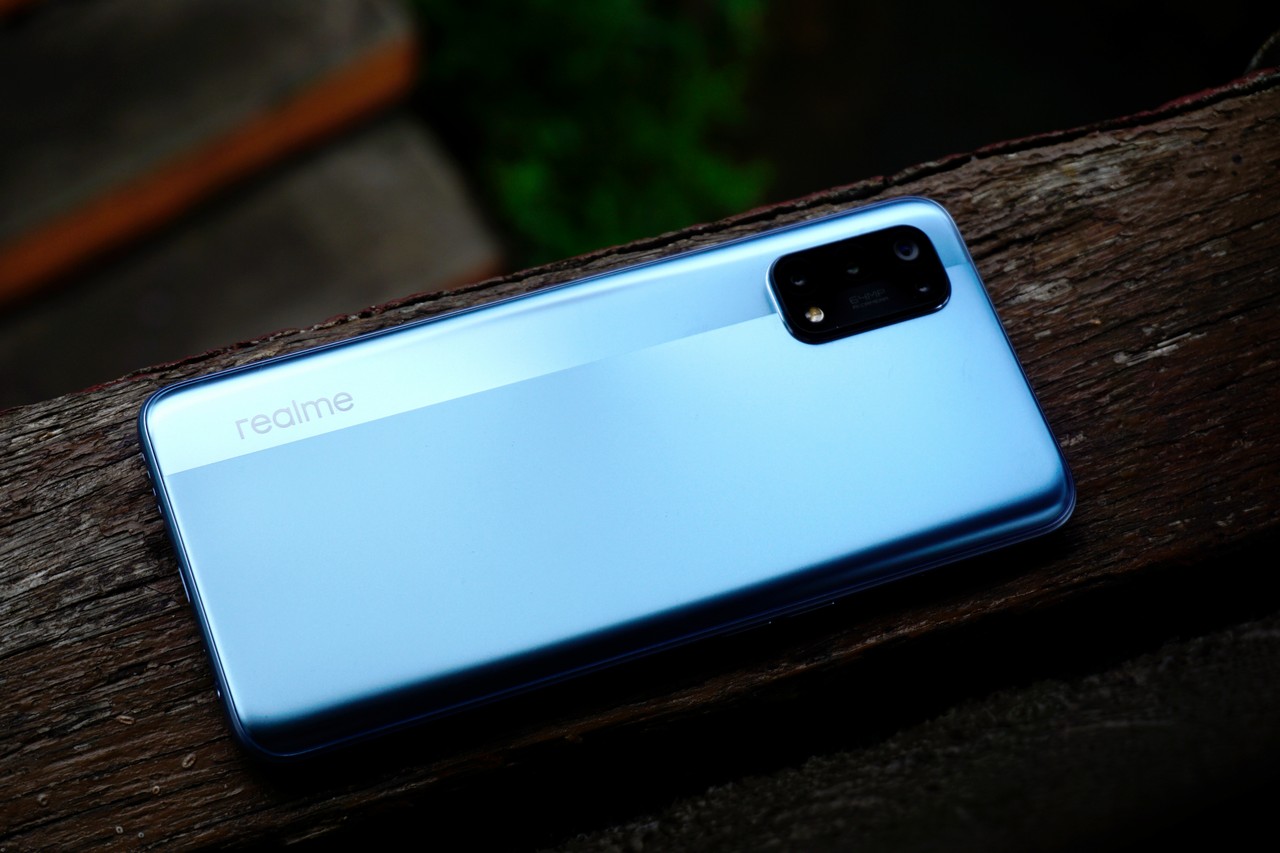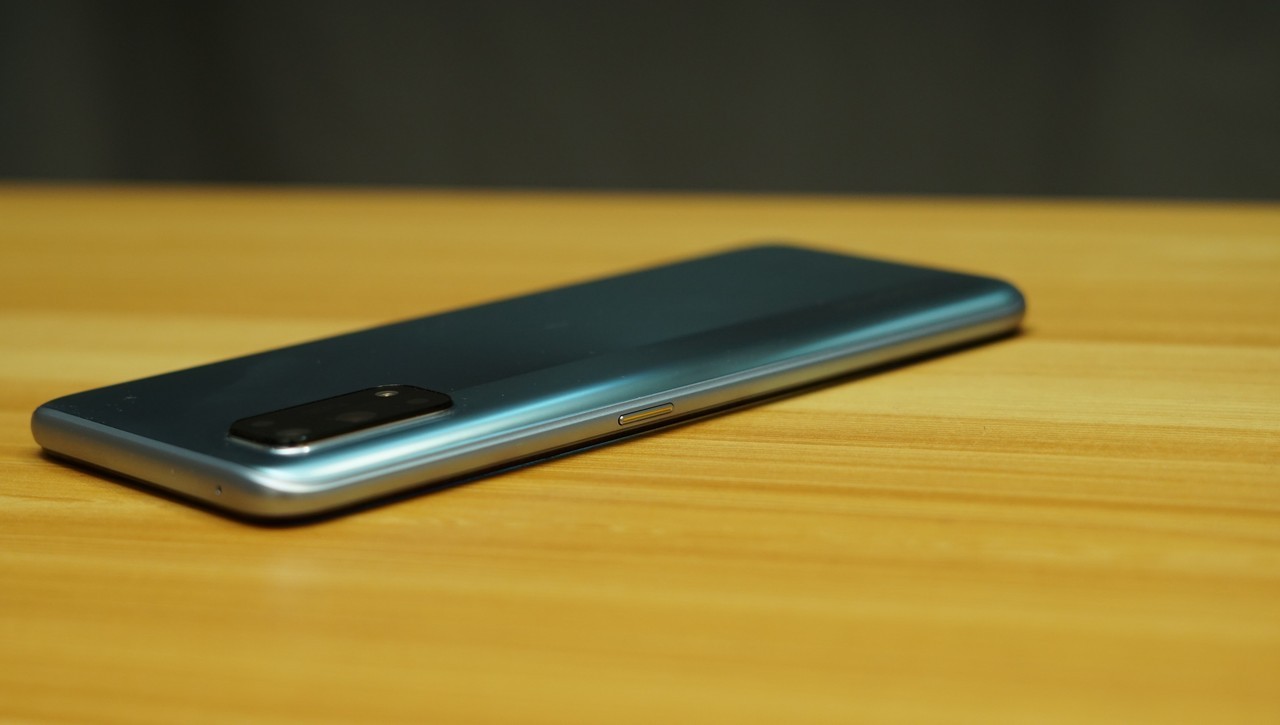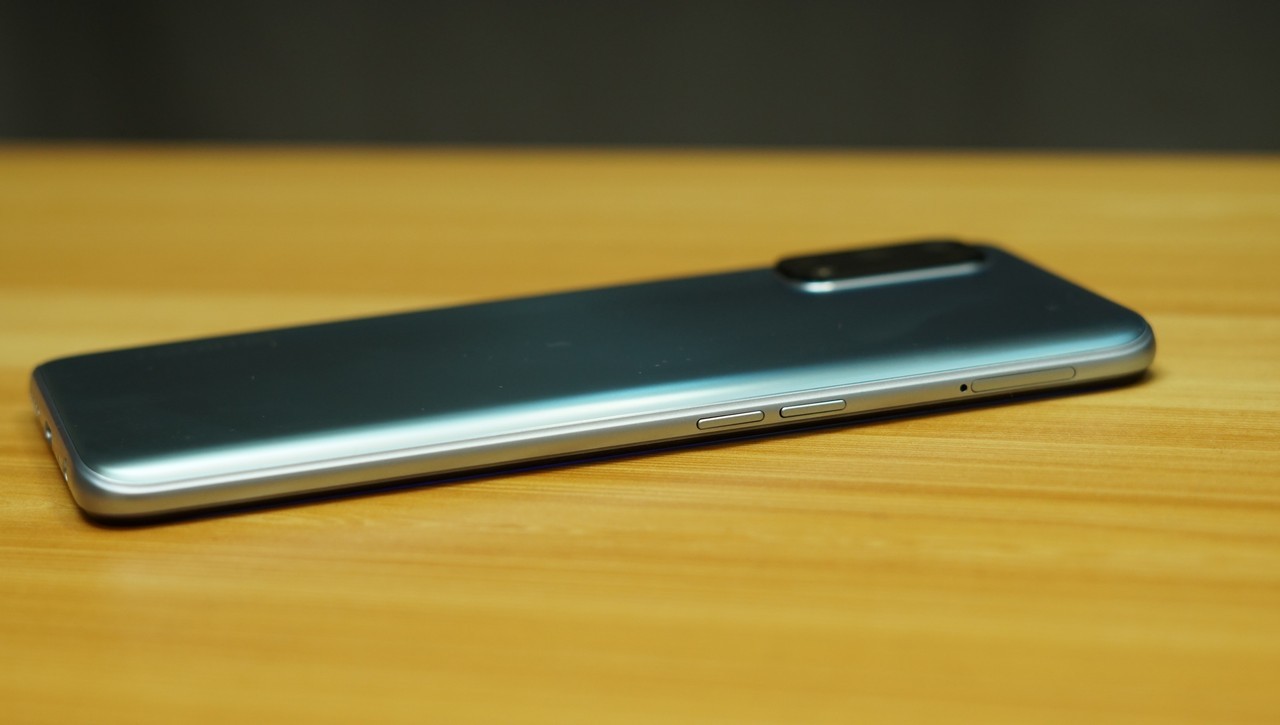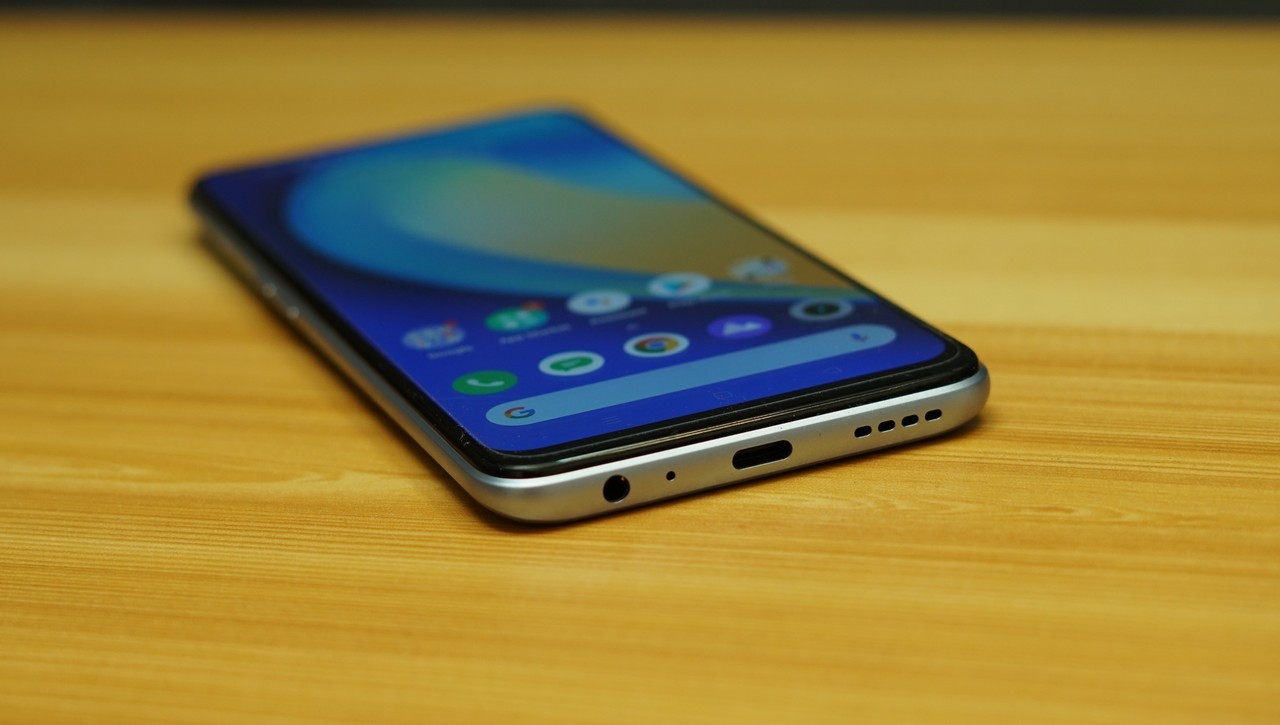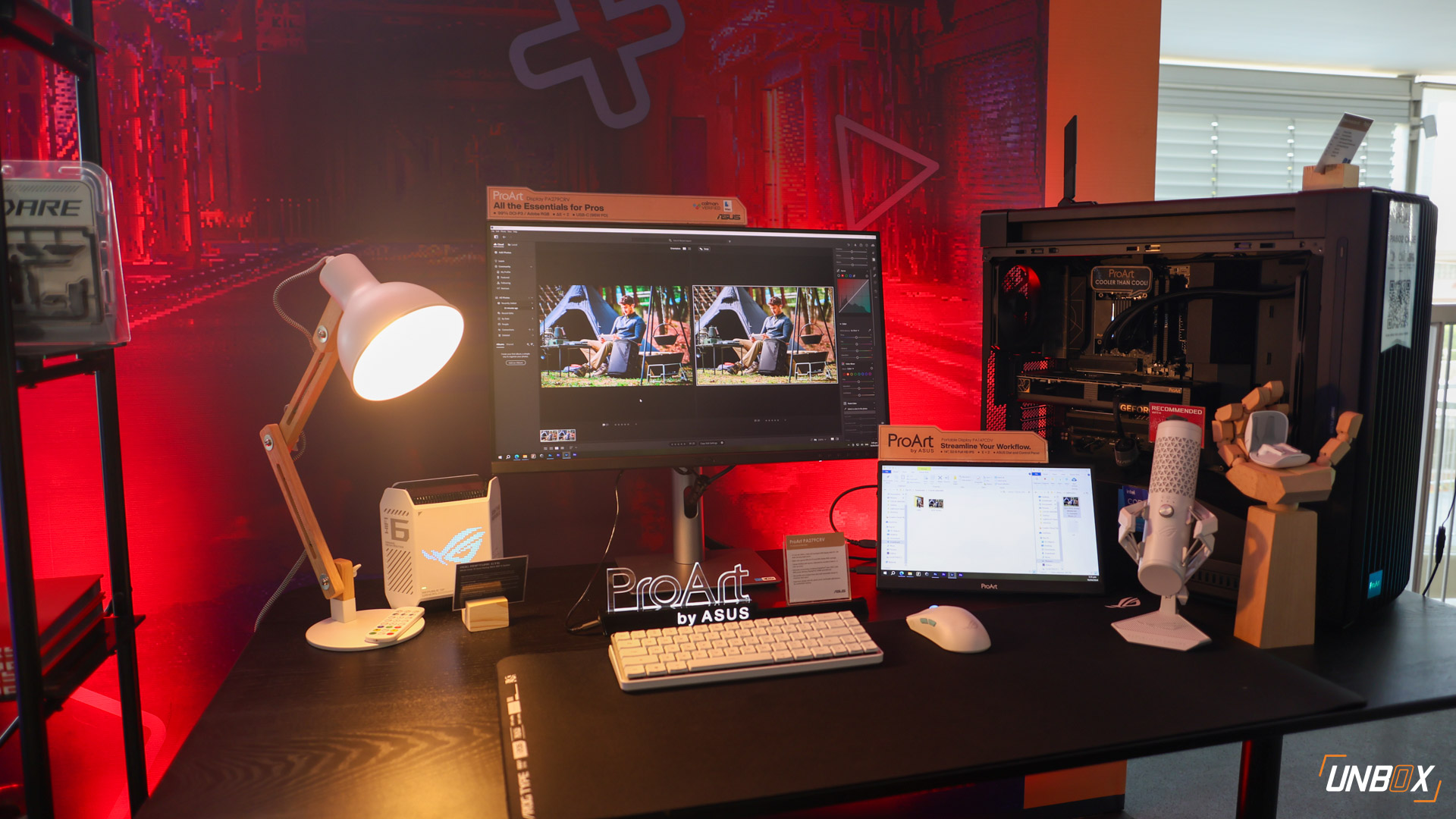Verdict: The Realme 7 Pro leans heavily into its insane 65W fast charging capabilities, but don’t think that it’s a one-trick pony. The Realme 7 Pro has a very nice-looking Super AMOLED display and awesome battery life, though it costs a bit more than the previous generation.
Pros:
- Great-looking Super AMOLED display
- Solid overall performance
- Excellent design
Cons:
- Locked at 60Hz
- More expensive than the previous generation
After weeks of teasing, Realme is finally making its two new mid-range phones available in the Philippines today. The brand’s twice-a-year refresh schedule for its main mid-range lineup makes for some interesting upgrade dynamics in terms of features and hardware, and nowhere is that more apparent than in the Realme 7 Pro.
The brand has put in some awesome features that are usually not seen in its price bracket like an AMOLED display but has removed a few others that gave their device an edge, like the 90Hz refresh rate and 2x optical zoom lens. Let’s take a look at how this change affects the overall package in our review:
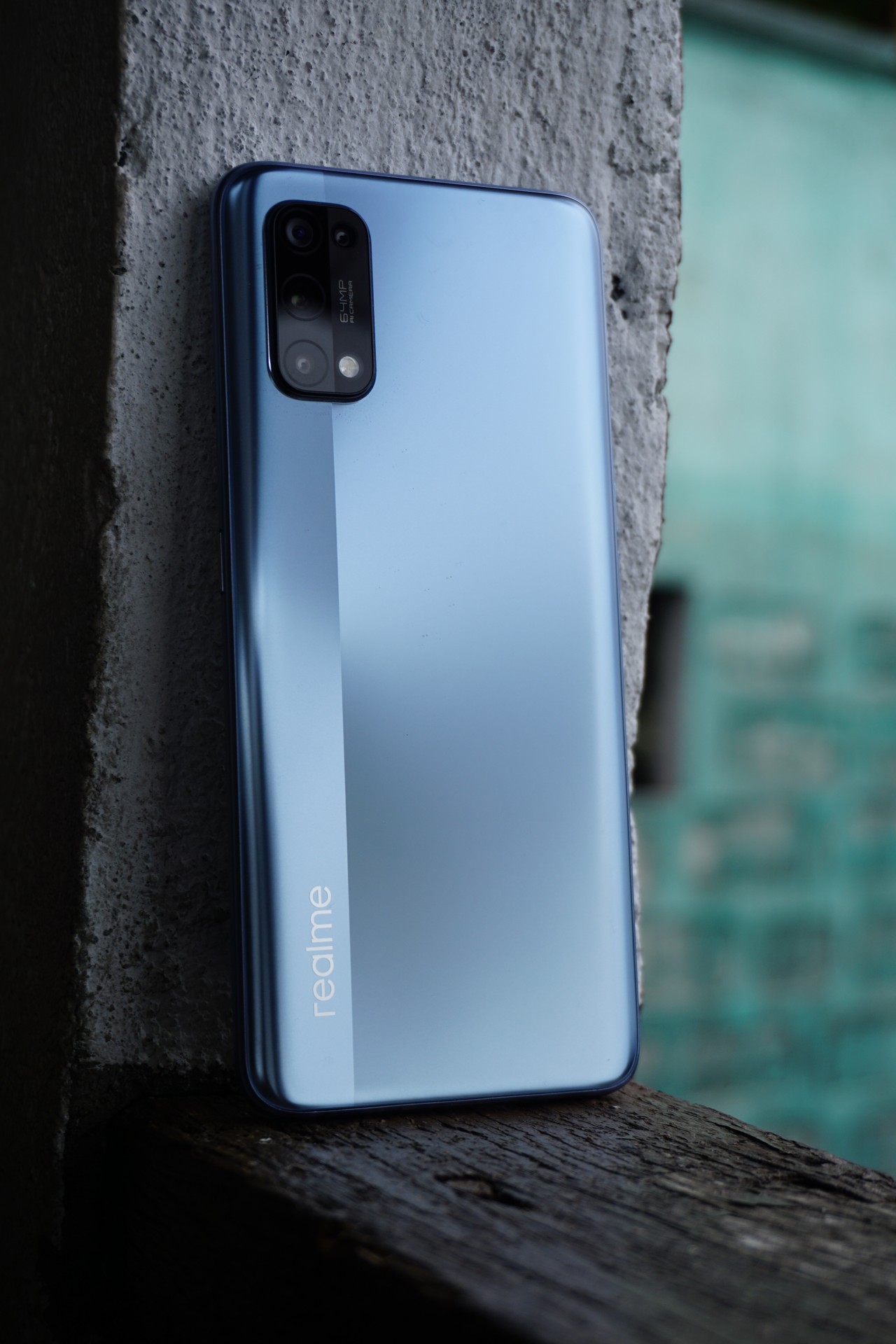
Design
Both the Realme 7 and the Realme 7 Pro share the same design language, using a plastic body that’s treated with a matte finish that’s split asymmetrically. I really like how the finish goes in opposite directions in the split, which is a nice change from what you typically see in mid-range phones nowadays.
While it looks pretty nondescript indoors, the finish shines when it’s hit by sunlight. It’s a clever way to make a mostly plastic phone stand out without having to resort to gradient treatments which have become passe at this point in time.
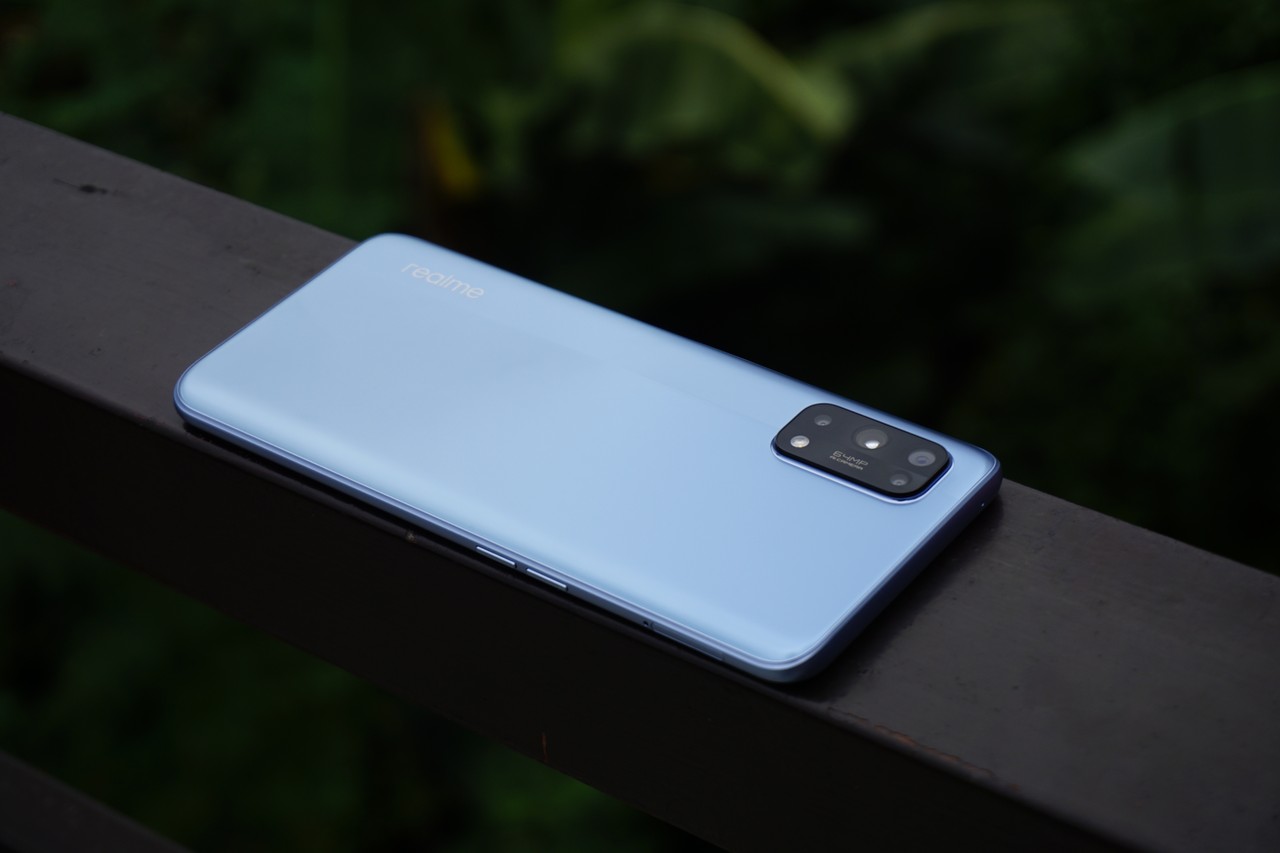
And while the phone is made out of plastic, it doesn’t really feel that way. The body and frame of the phone feel incredibly solid and hefty, despite the phone just weighing in at around 182 grams overall. The curved sides make the Realme 7 Pro easy to hold one-handed, though people with smaller hands might have a little trouble with it in regards to one-hand operation.
The button layout is the same as the Realme 7 – power button on the right, volume rocker on the left and the USB Type-C port, 3.5mm jack, and bottom-firing speaker on the bottom. There is no integrated fingerprint scanner on the power button since the phone uses an under-display sensor, though I prefer the Realme 7’s biometric solution for reasons I’ll go into in the display section.
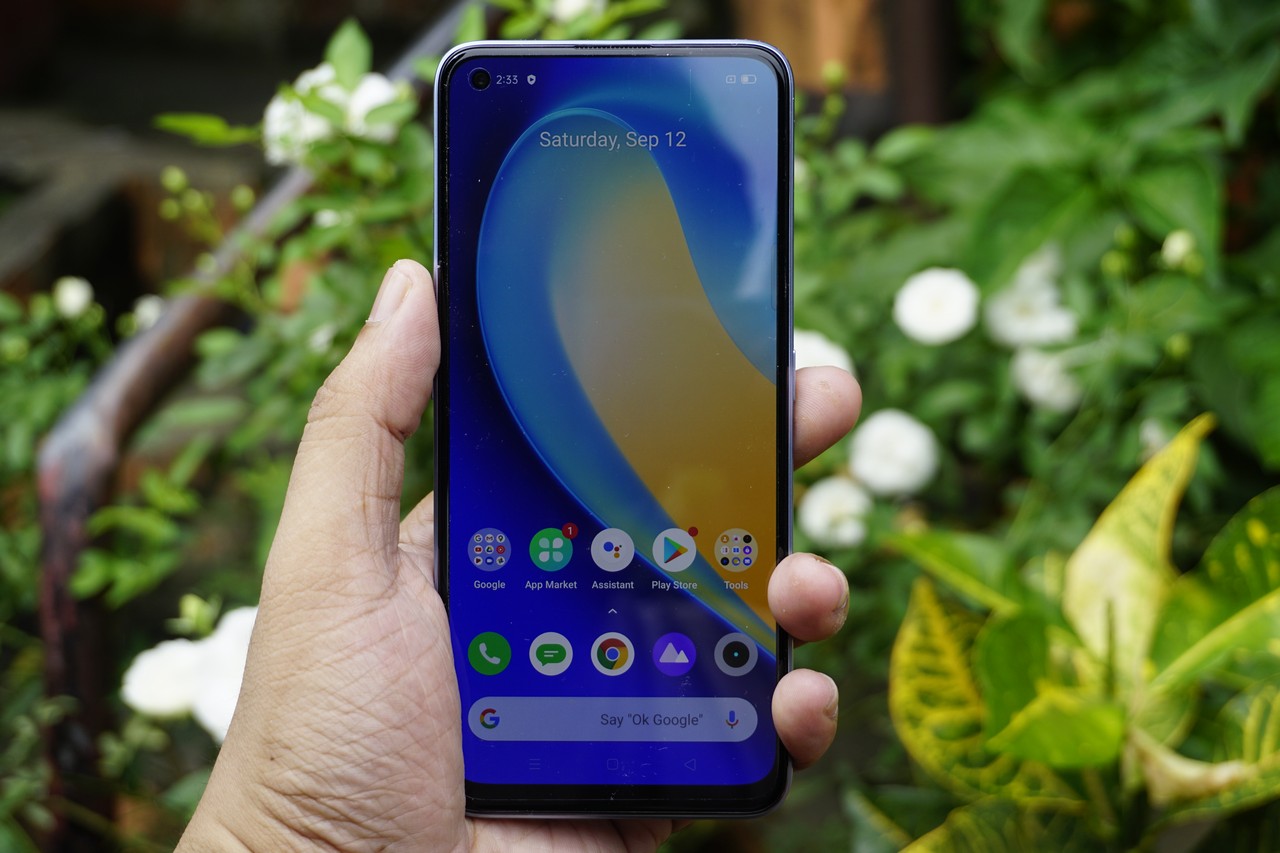
Display
Like I said in my initial unboxing, the Realme 7 Pro’s display feels like an upgrade and a downgrade at the same time. The upgrade here is that the display is now an AMOLED panel VS the regular LCD one on the Realme 6 Pro (and the Realme 7), which translates to a brighter screen and overall better and more vibrant colors. You’re also getting an under-display fingerprint scanner here as well.
The downgrade is the fact that it’s slightly smaller than the Realme 6 Pro (6.4-inches VS 6.6), and the refresh rate is now locked at 60Hz.
Personally, I prefer getting a better, brighter, and more vivid display that’s locked to 60Hz VS an inferior LCD one that has a faster refresh rate, since fast refresh rates don’t necessarily translate to all games equally in the first place.
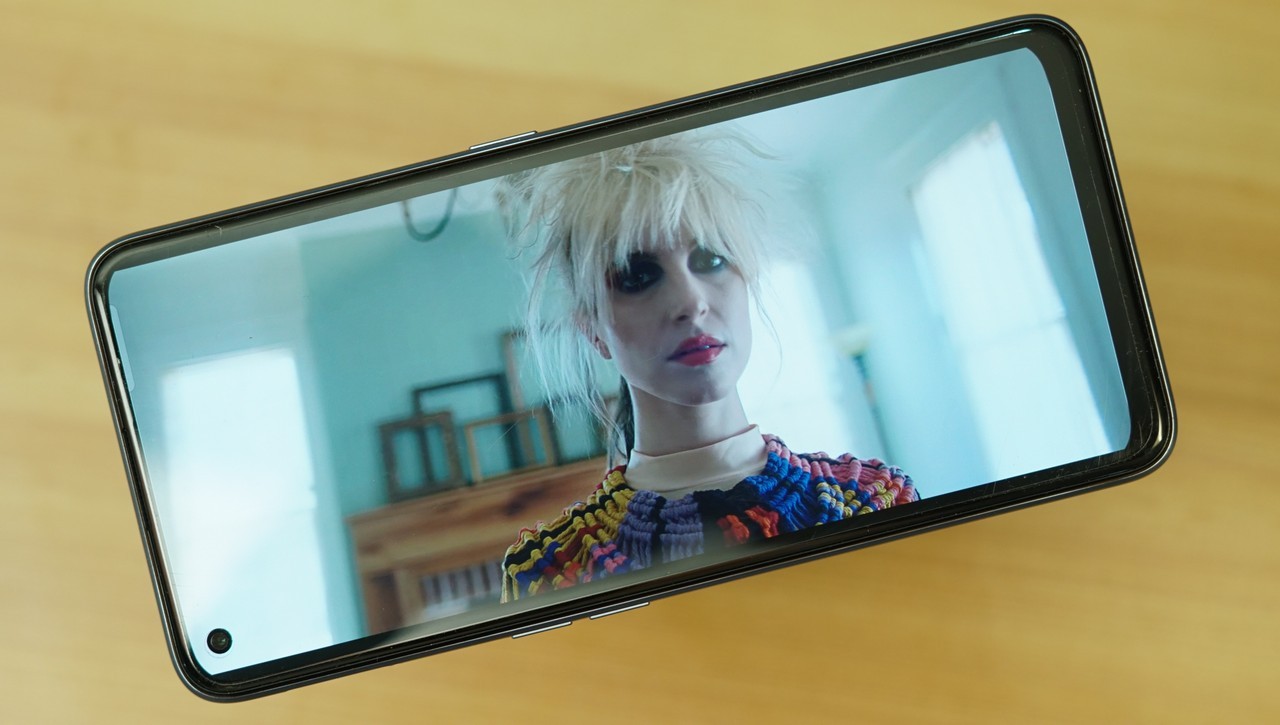
As for as the actual display quality goes, the screen is a pleasure to look at – it’s sufficiently bright and is very vibrant, making the Realme 7’s LCD display look dull in comparison.
The under-display fingerprint scanner is OK but isn’t as fast as the ones I’m used to using with a few more failed unlocks than I’ve experienced in other phones. I actually prefer the side-mounted fingerprint scanner of the Realme 7.
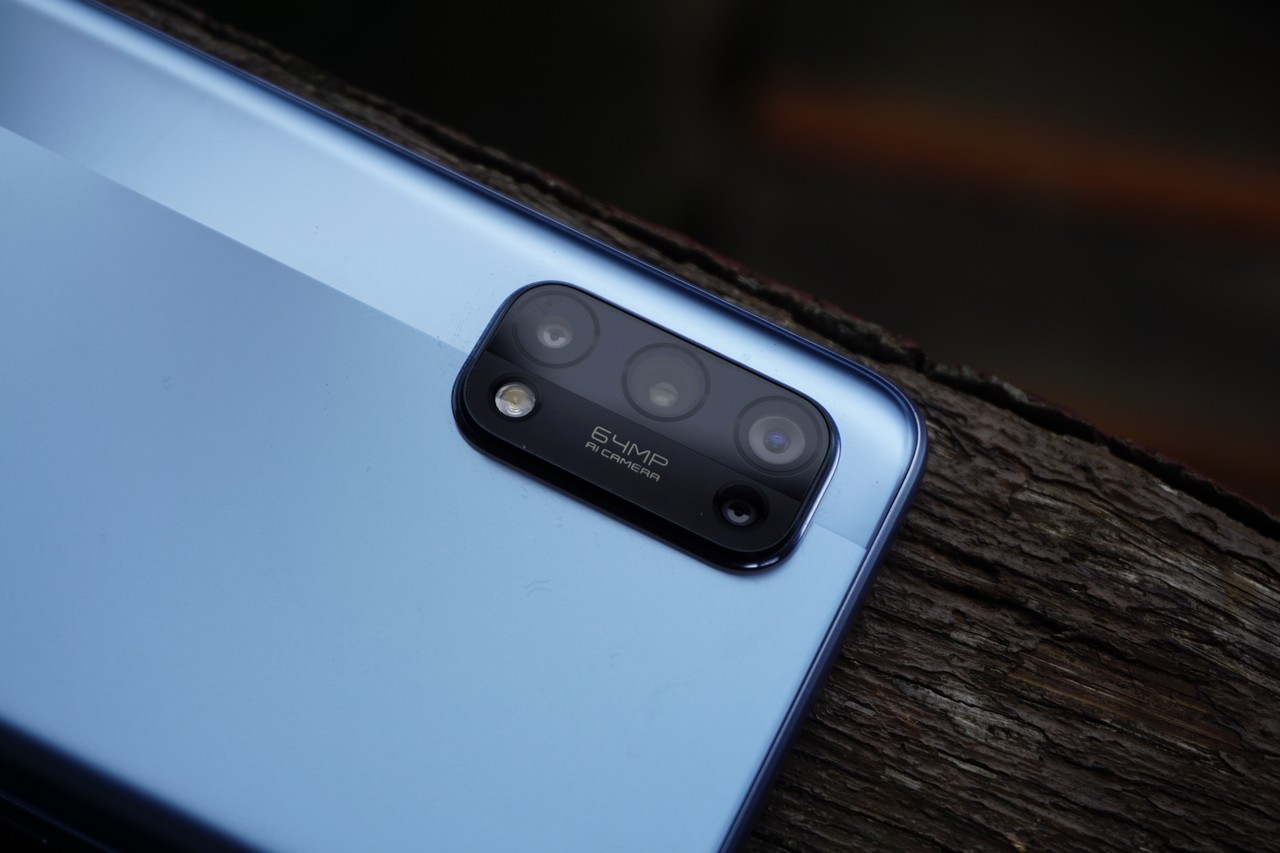
Camera
The Realme 7 Pro uses virtually the same camera stack as the more affordable Realme 7. You’re looking at a 64-megapixel Sony IMX682 primary wide-camera with an f/1.8 aperture, complemented by an 8-megapixel f/2.3 ultra-wide camera and a 2-megapixel macro and black-and-white sensor.
This means you’re losing the 2x optical zoom lens on the Realme 6 Pro, which is a bummer.
With the two phones virtually sharing the same cameras, you’d think you’d be getting the same camera performance from both, right? Not exactly – while the quality of the camera sensor definitely plays a part here, the ISP or image signal processors of the chipset plays a major role in determining what kind of image quality you’re getting at the end of the day.
Overall image quality looks better than the Realme 7, though I did notice a few shots that had soft focus issues. Aside from that though, image quality looks more natural than the Realme 7, with more natural-looking shots that don’t look artificially boosted compared to the Realme 7.
Take note that the soft focus issue could have been fixed by a software update sent after we took the photos for this review – we’ll re-validate them at a later date.
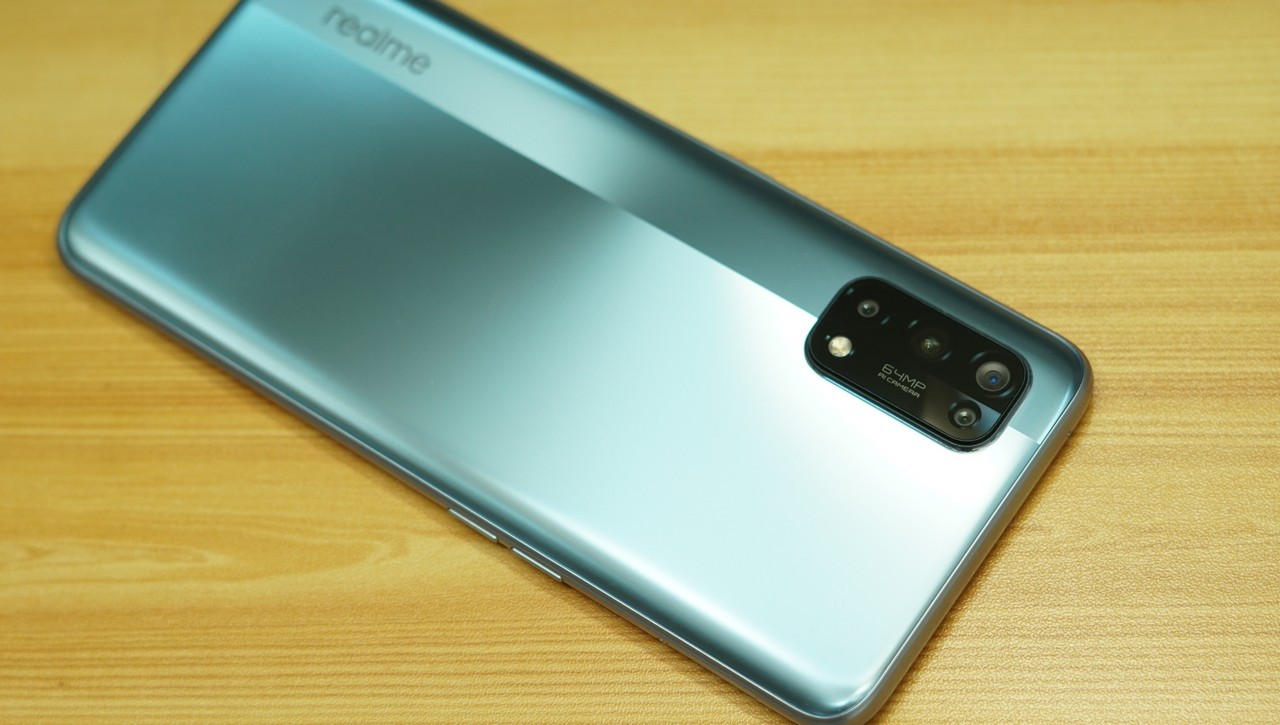
Performance and battery
The Realme 7 Pro sticks with the same processor used on the Realme 6 Pro, so performance is pretty much identical across the two models. Interestingly the Realme 7 scores a little higher in our graphics-focused benchmark VS the Realme 7 Pro, though the more expensive model was on top of nearly everything else.
RAM and storage options remain 8GB and 128GB respectively for the Realme 7 Pro, and storage can further be expanded via microSD.
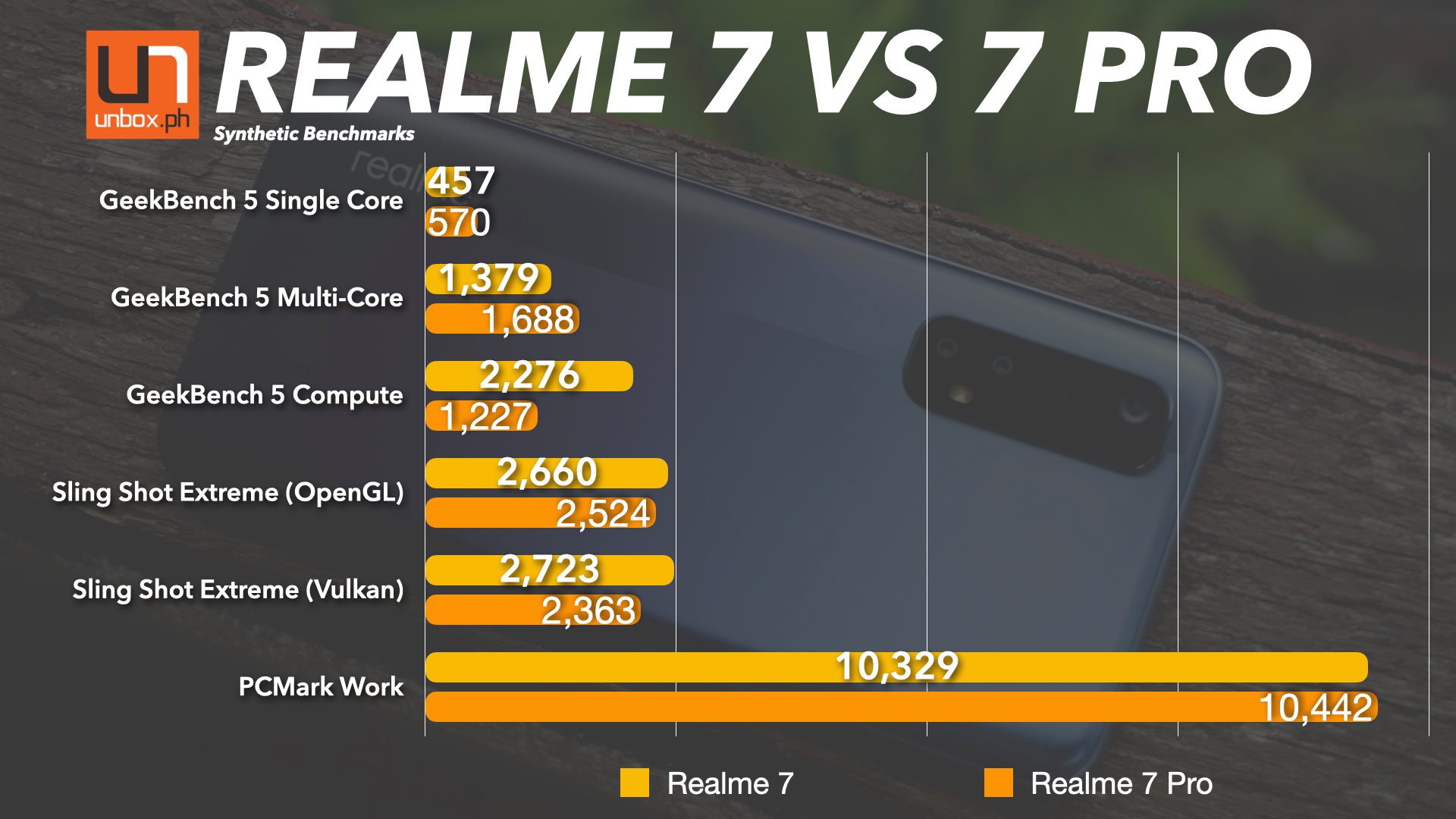
The Realme 7 Pro is good enough and fast enough that it’ll be able to handle most day-to-day tasks without a problem, which is pretty much what you’d expect from Qualcomm’s Snapdragon 720G processor and its RAM and storage combo.
One of the main highlights of the Realme 7 Pro is its insanely fast SuperDart charging tech that goes up to 65W, which allows you to charge the phone from flat 0 to 100% in just 34 minutes. That’s incredibly fast, especially for a mid-range phone.
Speaking of battery, the Realme 7 Pro has a 4500mAh cell inside its plastic body, which is smaller than the one in the Realme 7, which clocks in at 5000mAh. Despite that it recorded better endurance than the Realme 7, clocking in 12 hours and 42 minutes in our looping battery drain test VS the Realme 7’s 7 hours and 52-minute result.
The Realme 7 Pro’s AMOLED display and more power-efficient processor comes into play here, and it looks like MediaTek still has a lot of catching up to do when it comes to power efficiency and longevity VS their main rival, Qualcomm.
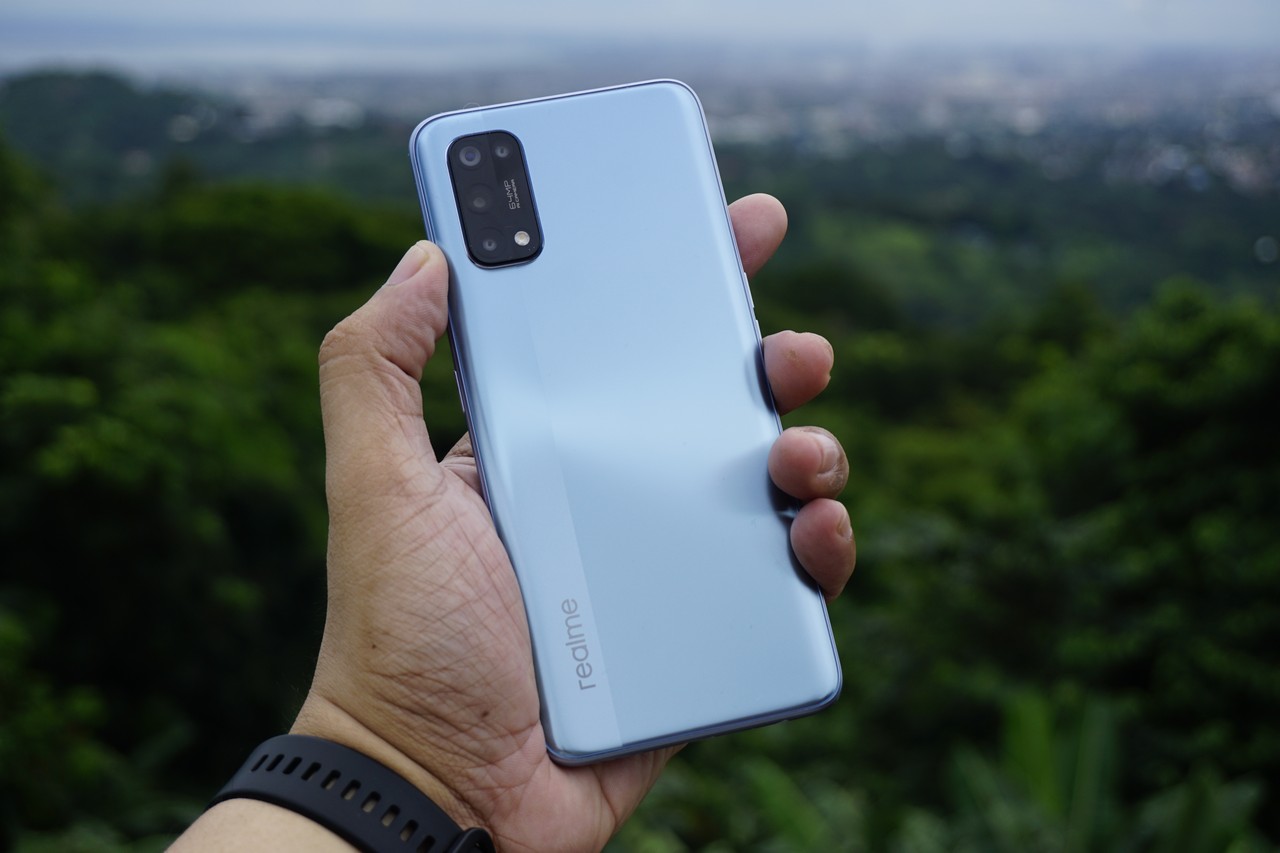
Wrap-up and conclusions
The Realme 7 Pro is both an upgrade and downgrade to the company’s previous mid-range phone, sacrificing a few features that popped up earlier this year to get a few new ones. The loss of the 90Hz refresh rate is a bummer, but the upside is that you get a nice looking screen AMOLED screen instead of an LCD one.
Battery life is pretty great on the Realme 7 Pro which is something we can’t say for its more affordable brother, and the fast 65W Dart charging capabilities is certainly unique for a mid-range phone.
The Realme 7 Pro is priced at Php 17,990, putting it in direct competition with offerings from Huawei, specifically their Nova 7 SE at Php 19,990 and Samsung with their recently released Galaxy M51 at Php 19,990.
The phone will be available in both Shopee and Lazada starting today. The first 10 purchasers of the Realme 7 Pro will be getting a free Realme Buds Q worth Php1,490


